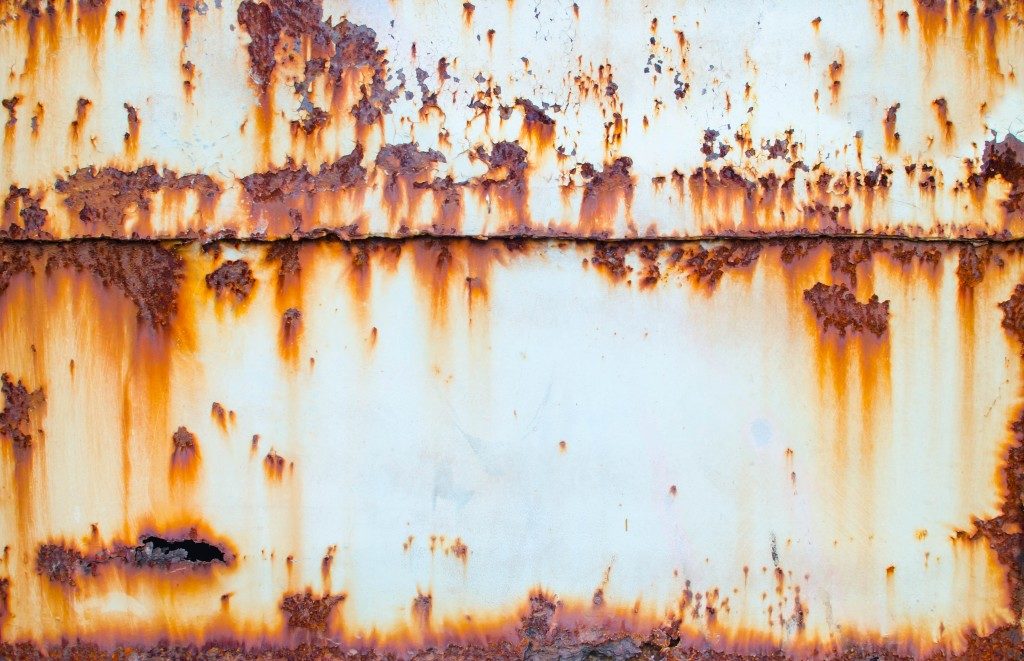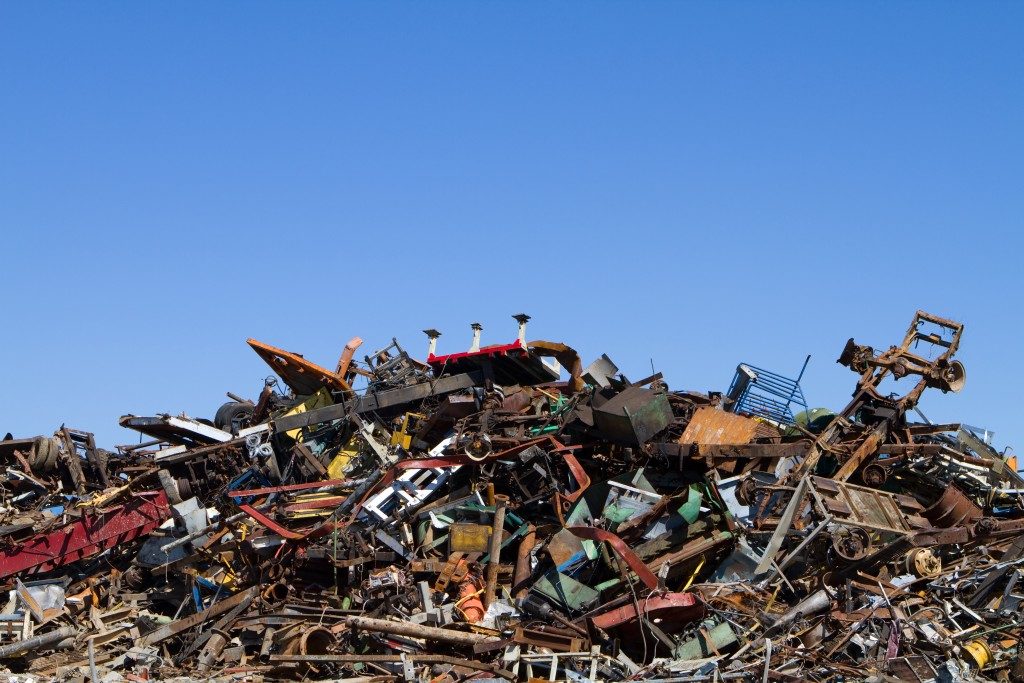Brass, iron, aluminium and steel- what is this now? If you are into scrap metal business, then you know how differentiating metals can be treacherous. Those who have been in the field long enough must have discovered a way of solving this matter in one way or another, but we will present a simple and straightforward solution.
Recycling scrap metal is an excellent way to get extra cash. Not all metals fetch a good price, however, so you’ll need to identify the types that you have and gather the ones that sell for more.
Ferrous vs. Non-Ferrous
The majority of scrap metals can be classified as ferrous (contains iron) and non-ferrous (doesn’t contain iron and are therefore non-magnetic). Between the two, non-ferrous metals are more valuable because they are lighter, more resistant to corrosion, and more efficient as conductors. Examples of non-ferrous materials are copper wires, brass and aluminium alloys.
If you can quickly identify non-ferrous scrap metals, you could get a fair sum of money in exchange for your efforts. Here are five easy ways to sort out the more valuable non-ferrous metals from your scrap pile.
1. Magnetic Test
Using a magnet with an increased magnetic force is the easiest method in the book. Ferrous metals are most likely to stick to the magnet, while non-ferrous metals will not. It’s a straightforward way to separate the cheaper metals from the more expensive ones.
2. Colour Identification
The colour of metal is largely dependent on its chemical composition. If you know the distinctive colour of each type, it will be easier for you to sort through scrap metal. Below are a few examples.
- Aluminium: grey (but the colour could turn to rust due to oxidation)
- Brass: yellow-gold
- Chromium: shiny silver
- Copper: light red
- Gold: yellow
3. Oxidation

When identifying by colour, some metals may present challenges because they form an oxidation layer over time. Yet, this can also be a great way to identify some metals. For instance, stainless steel and chromium may not form any layer. Bronze and copper form a greenish oxidation layer while iron will form a recognisable red layer.
4. Hardness Test
Metal hardness is its capacity to resist abrasions, indentations
and scratches. Ferrous metals are known for their strength and rigidity, so the harder a piece of metal is, the more likely that it is metallic.
You can use a mill file to file the surface of the metal and see the results. While steel is extremely resistance, non-ferrous metals such as copper will give in easily. At a more technical level, some tests to consider are Rockwell Hardness Test, Vickers Hardness Test and Brinell Hardness Test. These tests come with special scales that help identify the metal according to its behaviour when subjected to force.
When none of the tests mentioned above can give you a clear answer, consult a professional. They can do more accurate tests such as chemical and spark testing. Avoid doing these procedures on your own because they could be dangerous, especially if you don’t have the right safety gear.
If you want to get the most returns from scrap metal recycling, you need to identify the metals that you can sell for a higher price. Consider the tips above.




